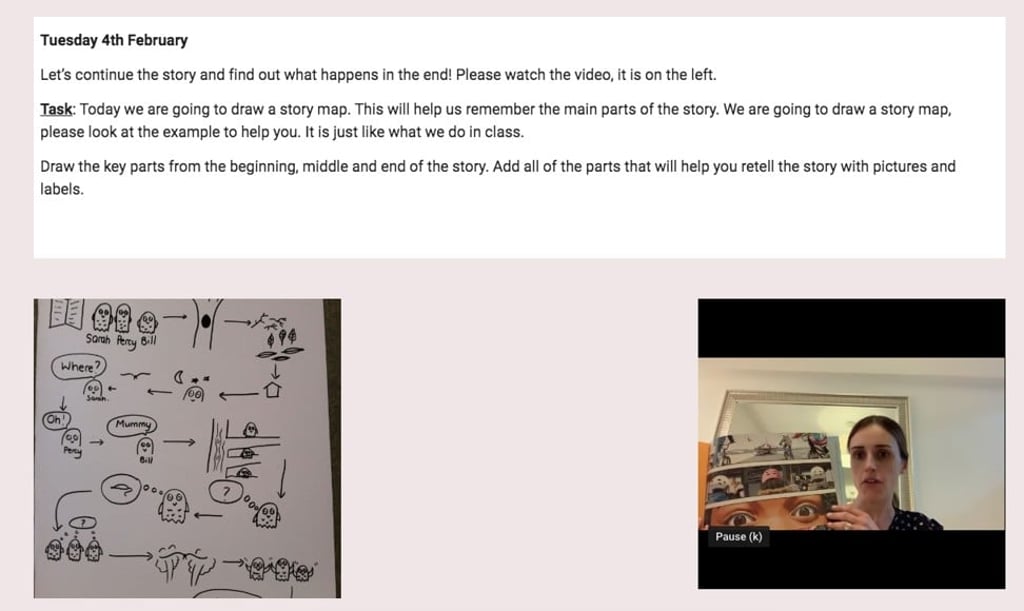Opinion | Schools closed over coronavirus use e-learning, video conferencing to continue lessons and counsel students
- With schools in Hong Kong closed until March, many teachers have gone beyond sending out worksheets and use a range of online tools to keep students learning
- Educators have used their experience of working through typhoons and recent anti-government protests to provide the best learning environment

I taught at a leading international school in Hong Kong during the outbreak of severe acute respiratory syndrome (Sars) in 2003. During the school closure we were among the first to disseminate online learning via a website created for each grade level. Subject teachers posted worksheets and projects for students to complete.
Several schools, especially international schools, are trying to have their students “attend” a regular school day. Some are providing students with an interactive classroom experience via Zoom, a web-based video conferencing tool.
They are working to continue live interactions between teachers and students as online instruction is adopted, as well as more collaborative interactions among students with online instructional programmes. (However, some schools are still sending worksheets to students.)

How were these schools able to roll out home learning so successfully? Experience of bad weather, and coping with the disruption caused by recent anti-government protests in Hong Kong, have helped.
